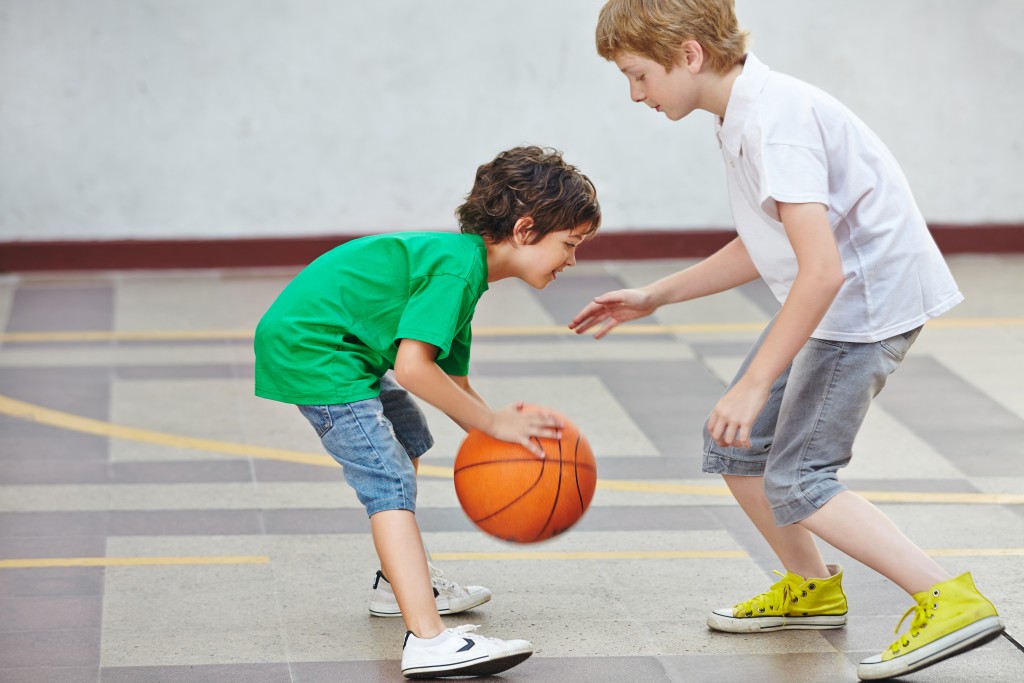Keeping a school full of children and teachers safe from accidents is no easy task. While some accidents are unavoidable, many others could have been avoided if careful measures had been in place. Today, we’ll tackle common school-related accidents and what measures school admins can do to avoid them.
Playground accidents
According to the National Safety Council, playground-related injuries result in over 200,000 child emergency room visits each year. Close to 80 percent of all playground injuries involve falls, and 15 children die each year because of faulty playground equipment.
Schools should take action to reduce playground accidents. A well-designed playground won’t raise any additional hazards to children and will encourage safe play.
- The materials used in playground equipment should be carefully tested and evaluated for safety hazards. Hard surfaces should be non-slip, especially in rain or snow. Impact-absorbing surfacing such as bark chippings or sand should be fitted around all the equipment to reduce the risk of injuries in case falls.
- Platforms should be equipped with guardrails. Openings in guardrails should be less than 3.5 inches or more than nine inches in diameter. These openings can allow a child’s head to become trapped.
- School officials should regularly inspect the playground equipment for broken or missing parts, protruding bolts, splinters, rust, holes, and cracks.
Slips and trips

According to the UK’s Health and Safety Executive (HSE), 55 percent of accidents in schools are caused by a slip or a trip. The most common places for these accidents to happen are in corridors, in playgrounds, in car parks, in canteens, and on stairs. They can also occur in classrooms, especially when bags are lying around or when computer cables aren’t adequately secured.
There are several steps that you can take to keep students and staff safe from slips or trips.
- Be on the lookout for potential slip, trip, and fall hazards in different areas in the schools such as the cafeteria, stairs, or walkways.
- Put up warning signs to alert people of wet areas.
- Have spills cleaned up immediately.
- Place floor mats at all entrances to reduce tracking in water from outside.
Motor vehicle accidents
According to the Transportation Research Board, approximately 25,000 children are injured and 100 are killed in school-zone accidents each year. Data from the National Highway Traffic Safety Administration (NHTSA) showed that nearly one in every four high schoolers were distracted walkers. Forty-four percent of them wore headphones, 31 percent were texting, and 18 percent were talking to the phone. The NHTSA also found that only four out of ten school zones had speed limit signs posted, and seven in ten school zones had no marked crosswalks.
While responsible driving can cut accidents significantly, schools themselves also have to chip in to reduce school zone accidents.
- Pavement markings. Clear pavement markings warn drivers of upcoming threats and help pedestrians safely engage with public roads. When road markings in and around the school have become illegible, be sure to contact your local thermoplastic road marking paint contractor to have them redone.
- Traffic signs. These serve as warning signs for vehicles entering a school zone. There should be adequate signs all around the school zone.
In schools, safety should always come first. Start reducing school-related accidents today by implementing necessary safety measures.

